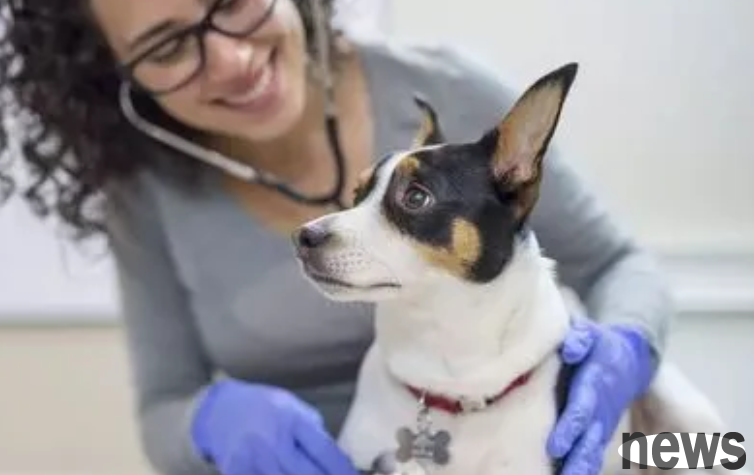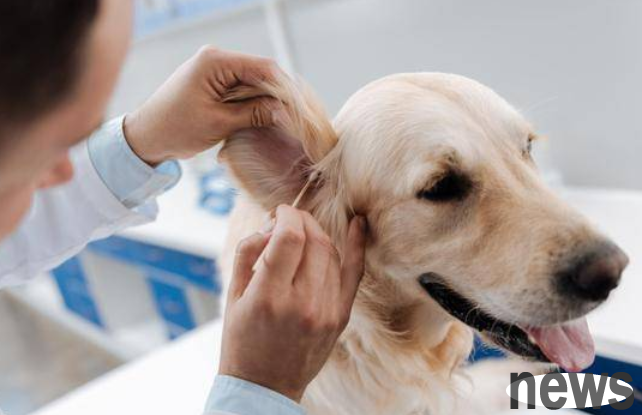What items are required for dog physical examination? The general routine examination is to check the dog's facial features and interior oral cavity, hairy health, skin health, heart rate, blood pressure, breathing, body temperature, etc., and there is nothing else.

1. Routine examination: The examination items are facial features and the inside of the mouth, hairy health, skin health, heart rate, blood pressure, breathing, and body temperature.
2. Blood test: mainly routine blood tests.
3. Fecal examination: Through fecal examination, determine whether the dog suffers from gastrointestinal bacterial disorders, infection with parasites or digestive disorders.
4. X-ray: The dog's internal organs and bones can be checked through imaging.
5. Ultrasound examination: From an imaging perspective, check whether there are morphological changes and functional abnormalities in the dog's internal organs, such as whether the closure of the heart valve is normal, whether the density and size of organs such as liver, kidney, spleen, and organs in the abdominal cavity are normal, etc.
6. Urine examination: determine whether there are infections, stones in the dog's urinary system, or what are the poisoning conditions in the body. This item can be performed during a B-ultrasound, bladder puncture, and urine can be extracted for urine test.

7. Common infectious disease examination: For young dogs, viral infectious diseases are very lethal and very high. If you are a dog that is just starting to raise, it is recommended to conduct rapid tests and checks for infectious diseases. Common dog infectious diseases include dog distemper, small and so on.
